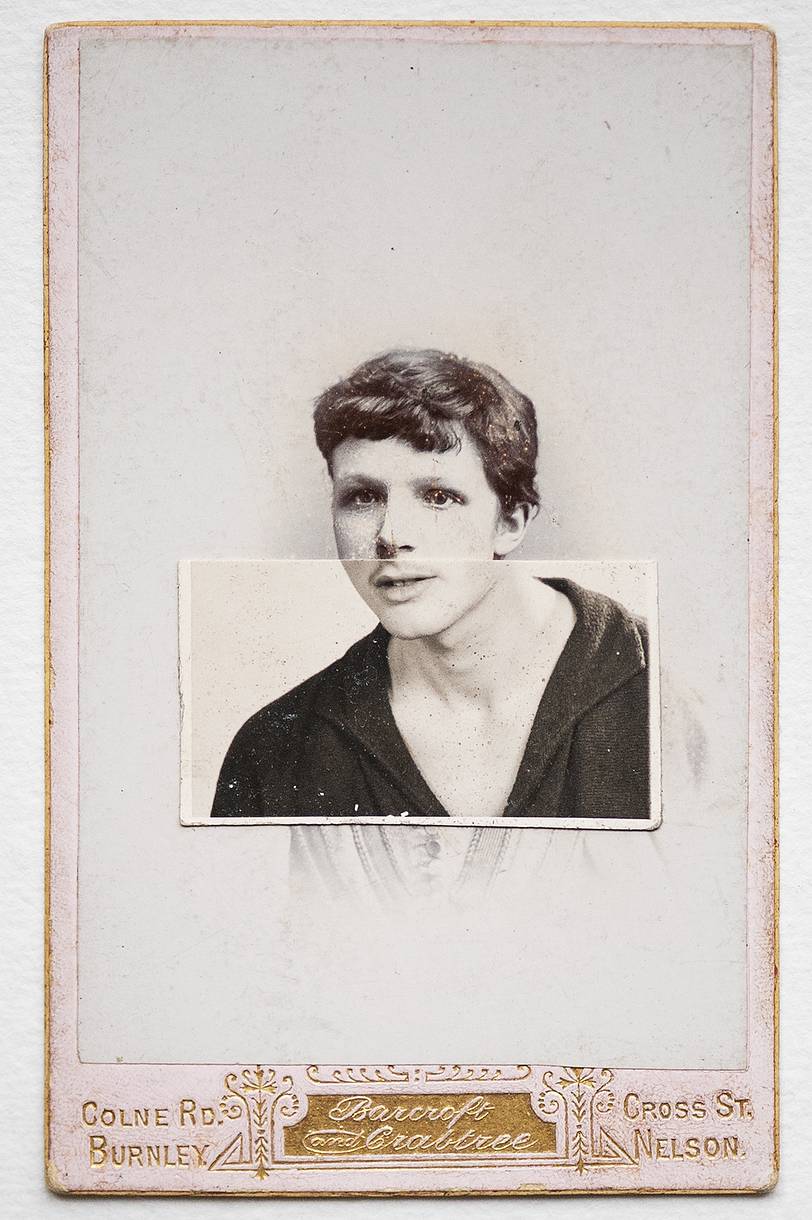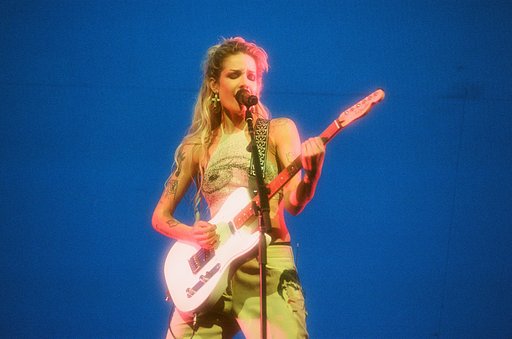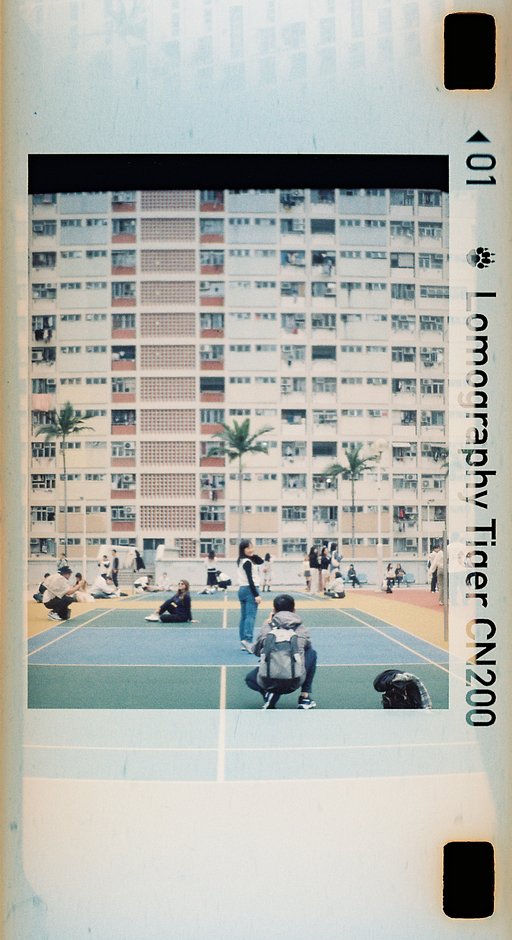Bonnita Postma: Blurring the Lines with Vintage Non-Binary Portraiture
1 16 Share TweetFor many years now we treat the photographic image as the accurate representation of reality. Now, artists like Bonnita Postma challenges the purpose of the medium as she remakes vintage photographs into assemblages of new faces – new portraits of people whose identities are not bound by stereotypes of race and gender. Get to know how Bonnita weaves these assemblages in this interview.
Firstly, how things are for you as an artist?
It is currently quite difficult for artists and photographers to make ends meet because of the measures in place for the coronavirus.
How did you get into photo collage?
I have been working as a photographer for 20 years. I make a lot of portraits, for magazines, publishers, theaters, and businesses. What makes a portrait a portrait? How do you look at a portrait? What are you looking at? How do you recognize someone? These questions intrigue me. If you cover or change someone’s eyes, they are no longer the same person, you will no longer recognize them. With this in mind, I began to cut photos and experiment. It gives me great freedom.
We really love how the portraits are intended to be ambiguous with gender and/or racial identity, while there's a juxtaposition of old and new photographs meshed together. May you share with us how you came up with the series? What was the impetus the series?
I am fascinated by old photos. A glimpse into someone’s life. A moment of intimacy that you share with an unknown person, vulnerable in front of the camera. An image cherished by loved ones. That I just come across at flea markets, that moves me. When you cover a part of a portrait photo with a part of a photo from another time, a timeless image is created, an anachronism of the portrait. This also applies to gender or racial identity. With a small intervention, the original image disappears. And therefore does the stigma. What is the truth? What am I seeing? What am I looking at?
Did you face any challenges when creating the series? What's your favorite part of the process when making these?
In making my collages, I depend on my material. I cannot just buy it. Coincidence, therefore, plays a (major) role. And the limitation of my palette paradoxically gives me the freedom I am looking for. If suddenly a portrait emerges during the sliding and trying, full of beauty, imperfection, authenticity, and vulnerability…. that is magic.
Despite the digital age, what keeps you around the more alternative process of making artistic images?
For my work as an editorial photographer, I use all digital means. For my art projects, I want to work with real tangible photos, not from magazines- photos that appear in large quantities-, but with unique photos with a history. I like the temperature of the old color photos, the time has left its beautiful traces. I cherish the folds in a photo, a torn edge, the scars of time.
What is the most important thing for you when creating an image?
The most important thing for me while creating an image, is the moment I find what I am (unconsciously) looking for. That it is somehow kind of perfect. When I am moved by 'the captured newborn'.
Where do you draw inspiration from?
I get inspiration from the details of life. My viewing is never turned off. I find it inspiring when things are placed in a different context. And I love to look for (vintage) images. The snapshots of life.
Lastly, what are you up to next?
I am continuing with the portrait series. I am also busy with a project with the old slides I found in my childhood home. Existing images will always be something I keep experimenting with.
For more of Bonnita Postma's works, visit her website and Instagram.
written by cielsan on 2020-05-24 #culture #people #portraiture #photo-collages #bonnita-postma



































One Comment